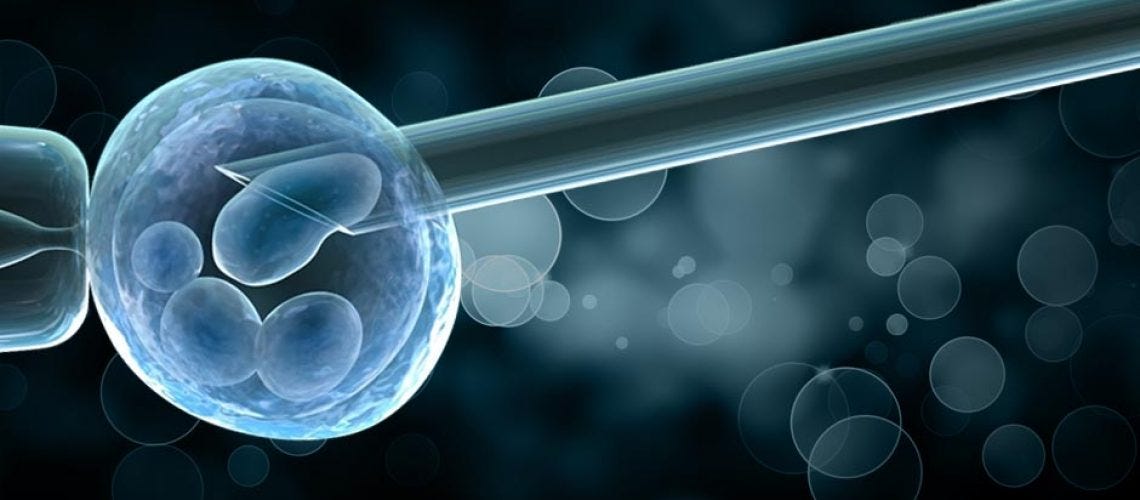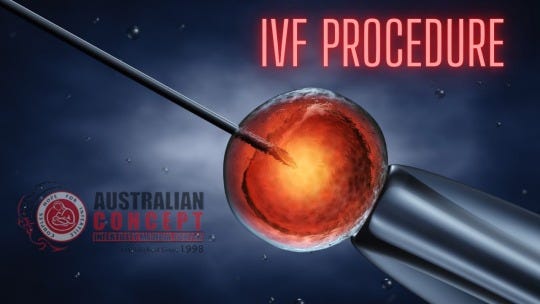What Is PGD?
Pre-implantation genetic diagnosis (PGD) is a screening test for diagnosing the genetic condition of an embryo before transferring it into the uterus of a woman. The screening test PGD is carried out to detect Cystic Fibrosis and other chromosomal defects in the formation of the embryos. Cystic Fibrosis is an innate genetic disease passed on to children from parents. It affects the lungs and digestive system as a result liver damage and diabetes are found in the patient. This gene builds mucus which is thicker and sticker found in the lungs. It is almost difficult to eradicate the mucus through cough and lead to severe breathing issues and lung infections. The mucus formation in the lungs and the digestive system prevents it to work properly and causing undernutrition problems among some children. The doctors in Pakistan are unable to provide a cure to eradicate this disease from the genes. However, the Airway clearance technique (ACT) can be used to breathe clearly.

Pre-implantation genetic diagnosis (PGD) is an assistive reproductive technique used alongside IVF to build the potential for an effective pregnancy and delivery. It is to help select the best embryo(s) to accomplish pregnancy or to prevent a hereditary ailment for which a couple is in danger. Pre-implantation genetic diagnosis is also done to check the sex of the baby before beginning the fertilization process of the selected embryo. The embryos are biopsied to carry out the PGD screening to ensure successful fertilization. PGD is rated at 99% for determining sex accurately.
Determine your children sex by infertility specialists
You must have sexual intercourse three days prior to your ovulation begins for conceiving an embryo of girl’s gender. You are admonished to have sexual intercourse only on the first day of ovulation to conceive a boy. If you have a gender preference you need to see your fertility specialist. The diet definitely has an impact on the gender of your embryo. If you have been eating red meat then it is likely for you to have a boy whereas, the veggies and sweets intake indicate a girl’s gender.
Difference between PGD and PGS according to an infertility specialist

The major difference in PGD and PGS is through screening and doing a biopsy surgery of an embryo to detect any chromosomal defect passed down from parents such as hereditary defects. PGS is carried own through a biopsy surgery (removing of a tissue/cell from an embryo) to detect Cystic Fibrosis or other diseases). The miscarriage rate is also reduced by 50% in the couples who opted for PGD with an IVF cycle especially in older women who are 40 or above. Pre-implantation genetic diagnosis takes about nine weeks to obtain results of embryo biopsy.
· PGS is only chosen by the couples when they have to undergo an IVF cycle; this is due to already having a child affected by a genetic disorder or chromosomal defect.
· Those couples who have had in their genes any modification of chromosomes number or Cystic Fibrosis.
· It is also chosen as a secure method to have a donor of a family member and ensure the embryo’s health.
· The keymapping is a new technique which is used in PGD to detect the unique fingerprint related to the parental DNA sample to ensure that the disorder would not pass on to the children. The absence of fingerprint gives the fertility specialist a go-ahead to start the process.
PGD Process:
The entire process incorporates several steps to ensure the embryo’s health by an infertility specialist
· The first step is to get a fertilized embryo through traditional IVF or ICSI cycle. The procedure will be carried out with the help of your infertility specialist at any laboratory or infertility centre.
· When an embryo is developed; on the fifth day a surgical biopsy is done by removing 3 to 6 cells from the embryo for the hereditary test.
· An embryo is classified into two types; a fetus and placenta. The placenta’s function is to ensure the respiratory system of the fetus. More cells can be used to test genes without making pregnancy complications. A surgical biopsy can be done at a laboratory or fertility centre.
· After a sample is conducted from an embryo, it is used to do PGS to determine the gene accuracy.
· The embryos are cryopreserved (at a sub-zero temperature) through vitrification. The results of PGD or PGS are obtained within twenty-four hours.
· The infertility specialist put the embryo back into the womb of a woman.
PGD does not prompt an expansion in birth defects over that of the overall population. Assessment of children brought into the world after PGD does not demonstrate any proof for a negative impact of the procedure on development or neurological advancement. However, it can cause the following effects:
· Ovarian hyperstimulation syndrome can be found in a woman.
· Birth low-rate due to multi-pregnancy.
· Other birth defects not related to genes
· The embryos can be harmed during the procedure.
· Hard to retain memory in adults and weight gain.
Ran Huo, Qi Zhou has carried out research on biopsied mice and obtained results that confirm the surgery during embryo development might cause neurological risks (American Society for Biochemistry and Molecular Biology, 2009). PGD advantage couples by diminishing danger for chromosome irregularities or explicit hereditary sicknesses. Patients considered for PGD are women with a history of a few unsuccessful pregnancy attempts with chromosome variations, women age 40 or above, men with sperm irregularities. As fetuses with higher rates of chromosome variations are due to sperm irregularities. PGD assists for a healthy pregnancy and eliminates any chance of birth defects. The success rate is higher than the risk associated with PGD which is why infertility specialists prefer it to prevent several syndromes and severe defects.





Comments
Post a Comment